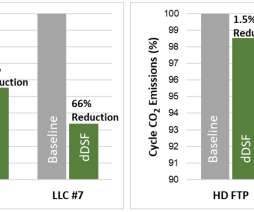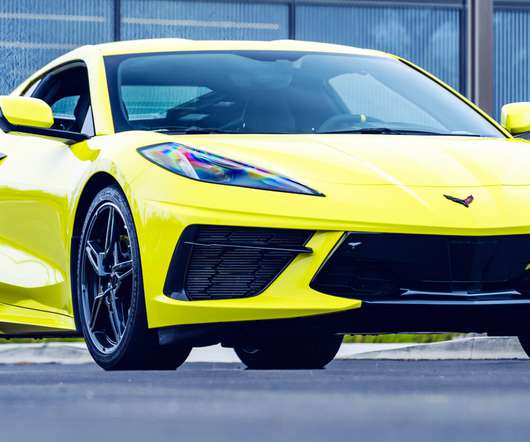Tula presenting diesel Dynamic Skip Fire technology at Future Diesel Powertrain Summit in Shanghai
Green Car Congress
SEPTEMBER 23, 2020
Engine controller with dDSF: Tula’s proprietary SW for smooth, efficient operation and fuel economy gains. dDSF improves fuel efficiency by firing all events at the most efficient ratio of air to fuel, allowing optimal combustion at all engine output levels. dDSF offers the opportunity to decreased after-treatment costs.




































Let's personalize your content